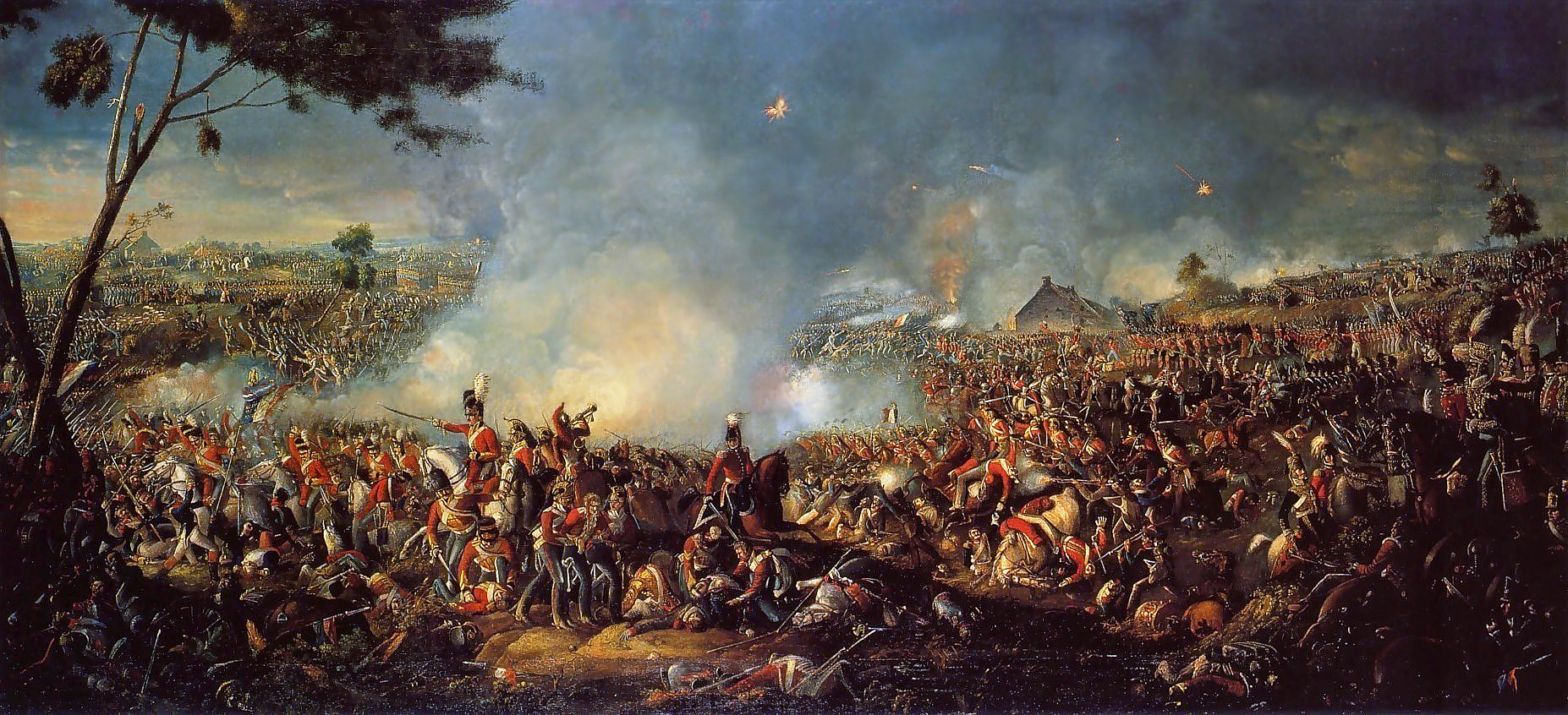Line of Descent to Peter Byrnes
Thomas Archer
(Great-great great Grandfather)
This block will be replaced by LeftMenuGaffey (or Byrnes) when the page is served from a server.
- Father:
- James Archer
- Mother:
- Anne White (1756 - May 1801)
- Birt/baptism:
- Shipston-on-Stour, Ilmington, 18 November, 1779[1]
- Occupation:
- Farm worker, soldier
- Death:
- December 1, 1865, Ilmington, Warwickshire
- Marriage:
- Grace ??? (no documentation)
- Children:
- Samuel Archer (1817 – 1899), married Mary Greenaway[2]
Ilmington is a charming north Cotswold village just 10 kilometres
from the Shakespearean town of Stratford-on-Avon. The International
Genealogical Index records that Archers were living around Illmington
as far back as the 1500s.[3] Our ancestor,
Thomas Archer was born there, near the town of
Shipston-on-Stour, in the Parish of Ilmington in 1778.
The life of a labourer there in the late 18th century would have been a relatively quiet one, unlike the years that followed for Thomas after he joined the Army.
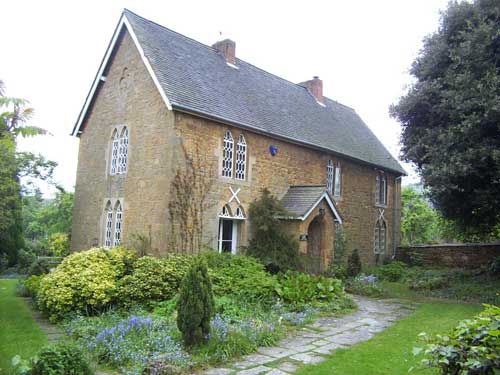 (left)
The old schoolhouse at Ilmington. If Thomas went to
school, as seems likely since he worked later as a clerk in
an Army office, it may well have been in this charming stone building.
(left)
The old schoolhouse at Ilmington. If Thomas went to
school, as seems likely since he worked later as a clerk in
an Army office, it may well have been in this charming stone building.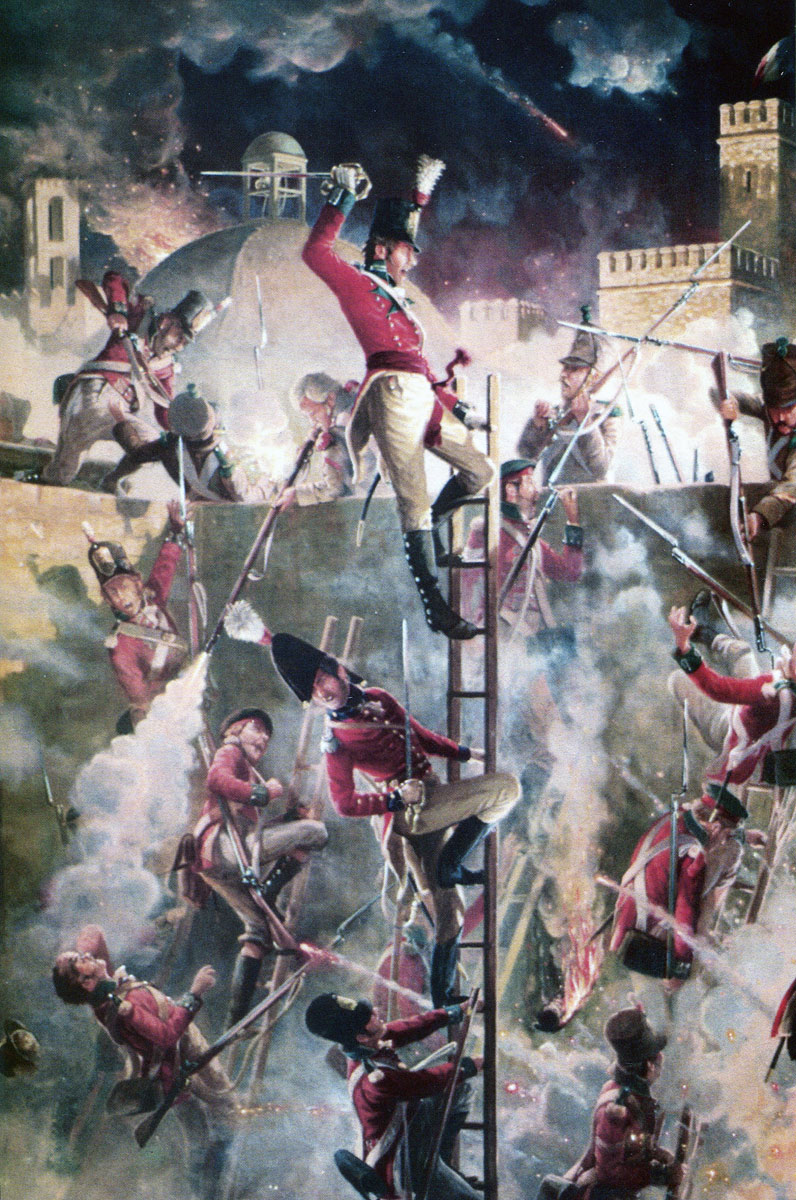
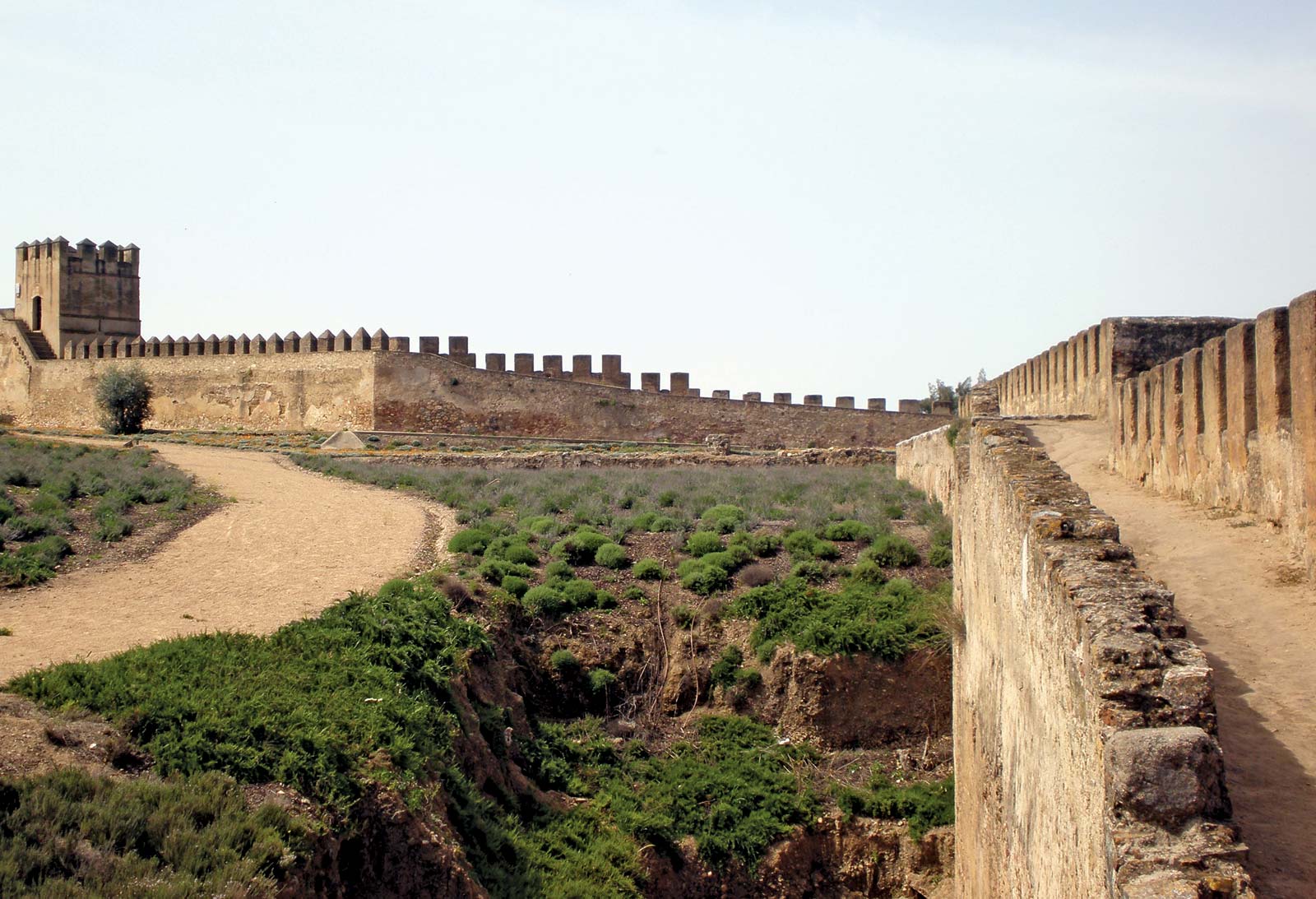
left: a graphic painting showing some of the action at the Badajoz castle during the siege, and (above) the fort in recent, more peaceful times.
In 1814, in one of the Regiment’s fairly rare periods in England, the 52nd was stationed at Plymouth, in Devon. It’s pure speculation, but it seems likely that this is when Tom met and married Grace, a woman from the Devon village of Ottery St. Mary. As was the custom of the time, some wives and families were able to accompany soldiers behind the lines, and covered the costs of their care by carrying out domestic duties for the regiment.
Perhaps family and fatherhood didn’t combine well with Army life, for Thomas seems to have left the Army when the regiment returned to England in 1819. Where the Archers spent the next 12 years is uncertain, but it was probably in Warwickshire, near Coventry, as young Samuel regarded himself as a native, not of France where he was born, but of Warwickshire, where he grew up. By the end of 1830, Thomas had decided to return to the Army, serving as a Staff Sergeant in the Coventry Recruiting District from 10th January 1831 to the 31st January 1849. On his final discharge papers, Thomas was recorded as being 5' 8" tall, with grey hair, grey eyes and a fresh complexion.
In recognition of his service at Waterloo, he qualified for a 'bonus' of two extra years pensionable service. Then, as now, retrenchments and cutbacks saw many retire – although, in Thomas’ case, it was not an early retirement (he was 72!). However, the Army cited as the reason for his discharge, “Reduction of the staff of the Coventry District”.
The Army Discharge Board, after testimony by his commanding officer, Col. James Campbell, gave him a very good reference:
Thomas survived Grace by only 18 months. Like her, he died in Ilmington, just six kilometres from his birthplace of Shipston-on-Stour, probably in the home of his brother James in Back Street.[4]
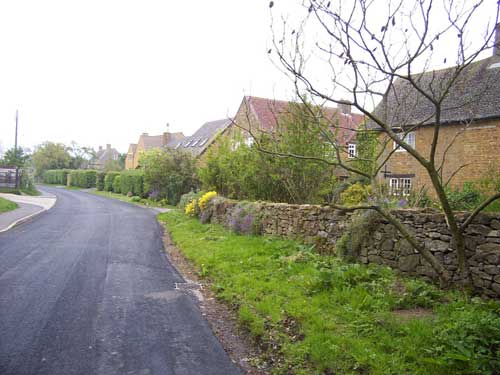
right: A 2002 view of Back Street, Ilmington, in the Cotswolds - the street where Thomas’ brother James lived, and where his wife Grace died
[2] Samuel’s baptism certificate, noted in army records
[3] IGI, batch no.: C700101
[4] The witness who certified Thomas’ death was a Mary Newman, who, at the time of the 1851 census, lived in Back Street, Ilmington, as did James Archer
